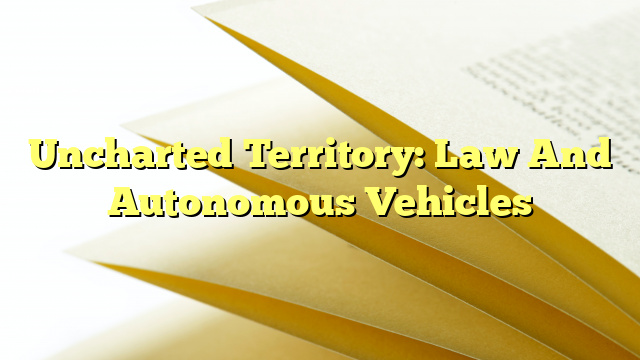Table of Contents
State Laws on Autonomous Vehicles
As autonomous vehicles become more prevalent on our roads, state governments are grappling with how to regulate this new technology. Currently, several states have passed laws specifically addressing autonomous vehicles. These laws outline requirements for testing, operation, and insurance coverage for self-driving cars.
Some of the key provisions in state laws include:
- Minimum safety standards for autonomous vehicles
- Requirements for human backup drivers during testing
- Liability insurance requirements
- Reporting requirements for accidents involving autonomous vehicles
Liability in Driverless Car Crashes
One of the biggest questions surrounding autonomous vehicles is who is liable in the event of a crash. Traditional liability laws hold the driver responsible for any accidents they cause. However, with self-driving cars, the lines of responsibility become blurred.
Some states have enacted legislation that places liability on the manufacturer of the autonomous vehicle in certain circumstances. Others have adopted a more flexible approach, allowing liability to be shared between the driver, the manufacturer, and other parties involved.
Accidents Involving Self-Driving Cars
If a self-driving car is involved in an accident, the process for handling the situation can be complex. The first step is to determine the cause of the accident. This may involve analyzing data from the vehicle’s sensors and reviewing any available video footage.
Once the cause is determined, liability can be assigned accordingly. If the accident was caused by a malfunction in the vehicle’s autonomous system, the manufacturer may be held responsible. If the accident was caused by human error, the driver may be liable.
Fault in Self-Driving Car Pedestrian Accidents
When a self-driving car hits a pedestrian, determining fault can be challenging. In traditional car-pedestrian accidents, the driver is typically held responsible. However, with autonomous vehicles, there are additional factors to consider.
In these cases, fault may be attributed to the pedestrian if they were crossing the street illegally or behaving recklessly. Alternatively, if the self-driving car failed to detect the pedestrian or respond appropriately, the manufacturer may be held liable.
As autonomous vehicles continue to evolve, so too will the laws and regulations surrounding them. It is essential for lawmakers, manufacturers, and society as a whole to grapple with the legal and ethical implications of this groundbreaking technology.

